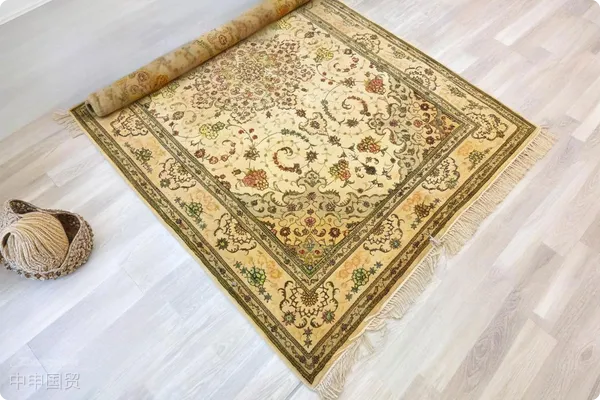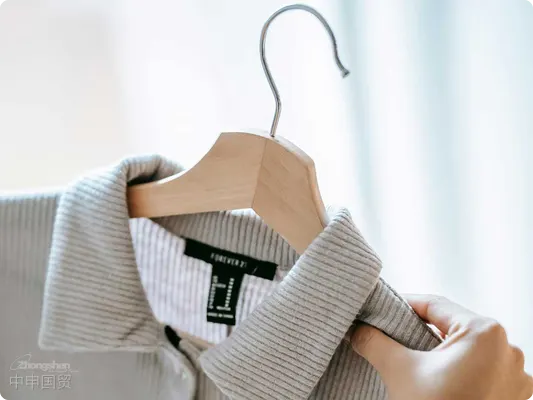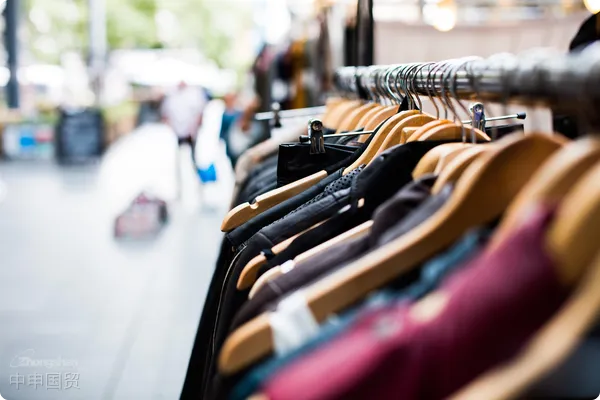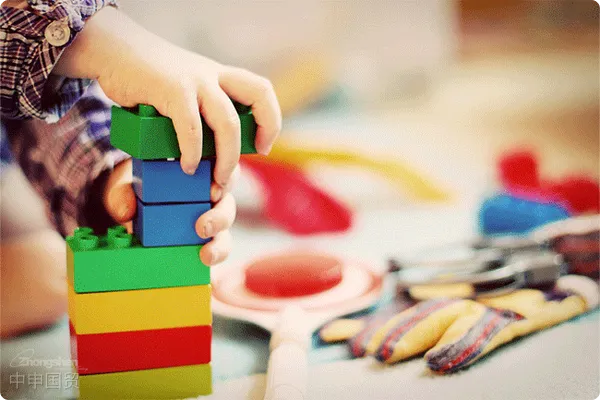- Shanghai Zhongshen International Trade Co., Ltd. - Two decades of trade agency expertise.
- Service Hotline: 139 1787 2118
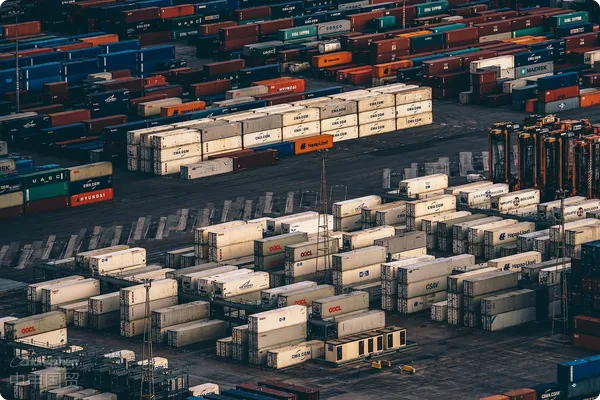
In the globalized business environment, the Russian market has significant demand for lighting products, making the export of lighting fixtures to Russia a promising business opportunity. However, this process involves numerous aspects and key points that require exporters to fully understand and carefully prepare.
I. Market Research
Demand Analysis
- Russias vast territory means that different regions have varying climate and lifestyle demands for lighting fixtures. For example, northern regions with long winters and extended periods of darkness have greater demand for indoor lighting and outdoor high-brightness, cold-resistant fixtures. In urban areas, with accelerating urbanization and rising living standards, demand for decorative and smart lighting fixtures is also growing.
- Understand Russian consumers preferences for lighting styles, which tend toward simple, practical, and aesthetically designed products. Additionally, there are high requirements for energy efficiency and safety.
Competitive Landscape
- Research existing lighting suppliers in the Russian market, including local companies and other international competitors. Analyze their product features, pricing strategies, market shares, and brand influence. For instance, some European lighting brands hold a significant share in the high-end market, known for their superior design and quality. Chinese exporters compete in the mid-to-low-end market with cost-effective products but face challenges in upgrading brand image and product quality.
II. Product Compliance
- When exporting lamps to Russia, a series of certification standards must be met first. For example, lamps need to pass the GOST - R certification. GOST - R is the Russian national standard certification, which covers various requirements such as the safety and electromagnetic compatibility of lamps. For lighting products, the certification process will conduct strict inspections on the electrical safety performance of lamps, including the insulation performance and grounding protection of lamps. For example, the insulation resistance of lamps must reach a certain value to prevent the risk of electric shock to users.
- Exporting lighting fixtures to Russia requires relevant certifications. The EAC certification (Eurasian Economic Union certification) is a basic requirement for entering the Russian market, covering safety and electromagnetic compatibility testing. Special types of lighting, such as explosion-proof fixtures, must meet additional technical standards and obtain relevant certifications.
- Ensure that product labels and manuals comply with Russian regulations, including specifications, wattage, and usage instructions in Russian.
Mode of transportation
- Russia has strict quality standards for lighting fixtures, including brightness, color rendering index, and lifespan. Exporters must establish rigorous quality control systems to ensure stability and reliability during transportation and use.
Trade Terms and Logistics
Trade Terms
- When signing contracts with Russian clients, clearly define trade terms such as FOB (Free On Board) and CIF (Cost, Insurance, and Freight). FOB is suitable when exporters do not want to bear transportation risks, while CIF requires exporters to arrange transportation and insurance to specified Russian ports.
- Determine payment methods, commonly including T/T (Telegraphic Transfer) and L/C (L/C) etc. T/T is relatively simple and faster but carries higher risks; L/C is safer but involves complex procedures and higher bank fees.
Logistics and Transportation
- Choose appropriate logistics methods for shipping lighting fixtures to Russia. Options includeMaritime Transportation, a cost-effective method suitable for bulk exports but with longer transit times. For small batches or high-value products, considerAir Transportation, which is faster but more expensive.
- Consider Russias geography and infrastructure to ensure packaging can withstand long-distance transportation and harsh conditions. Additionally, understand Russian customs clearance procedures and prepare all necessary documents, such as commercial invoices, bills of lading,It is recommended to verify through the following methods:, etc., to avoid delays.
Establishing Sales Channels
Finding Distributors
- Partnering with experienced lighting distributors with strong sales networks in Russia is an effective market entry strategy. Attend lighting exhibitions and trade fairs in Russia to connect with potential distributors. Conduct background checks to assess their marketing capabilities, customer resources, and reputation.
Online Sales Platforms
- Utilize Russian e-commerce platforms like Wildberries and Ozon for online sales. Create attractive product pages with detailed information and excellent customer service. Address logistics, delivery, and after-sales service for online sales.
Exporting lighting fixtures to Russia requires comprehensive planning and preparation across market research, product compliance, trade terms, logistics, and sales channels. Only then can lighting products successfully enter the Russian market and achieve strong business results.
Related Recommendations
? 2025. All Rights Reserved. 滬ICP備2023007705號-2  PSB Record: Shanghai No.31011502009912
PSB Record: Shanghai No.31011502009912
